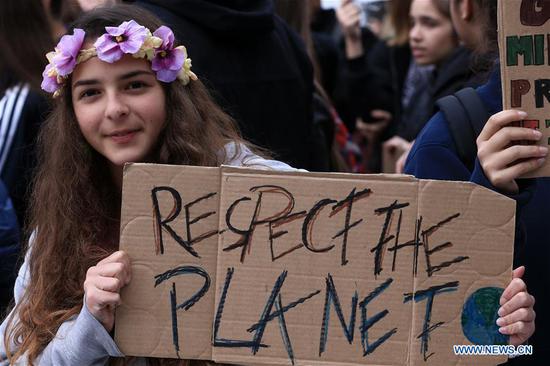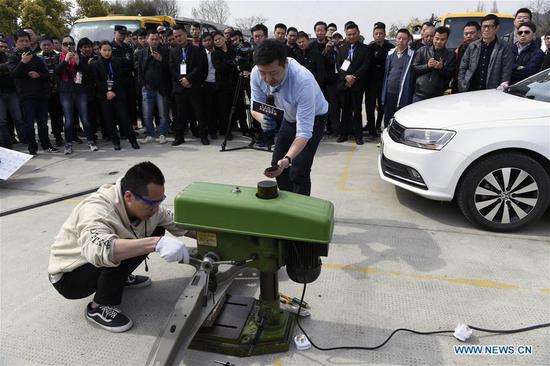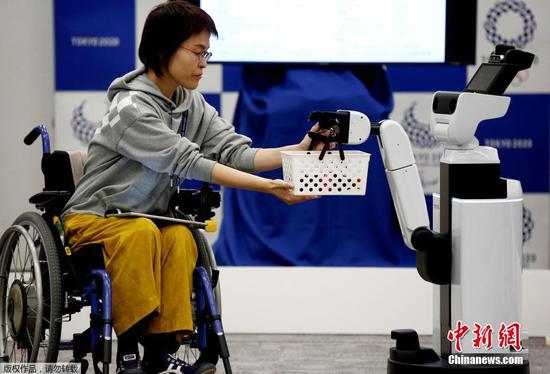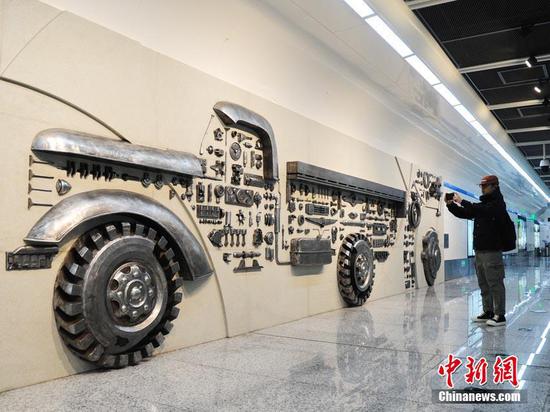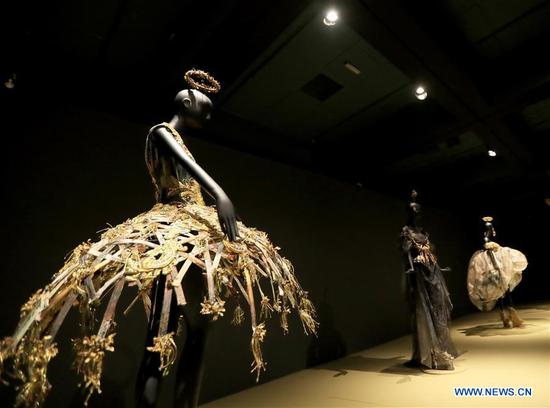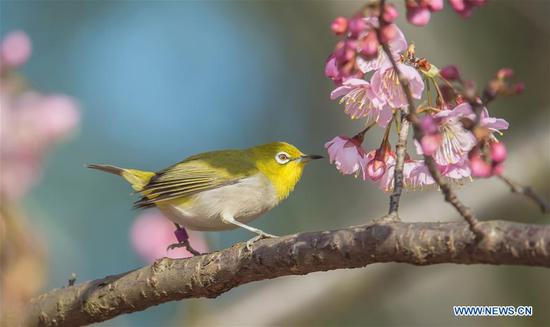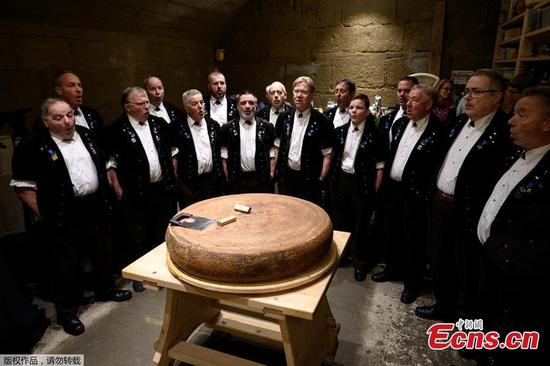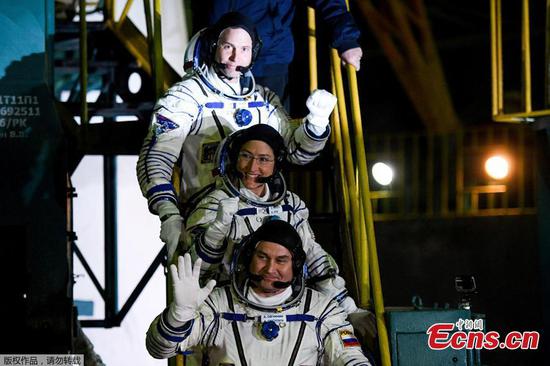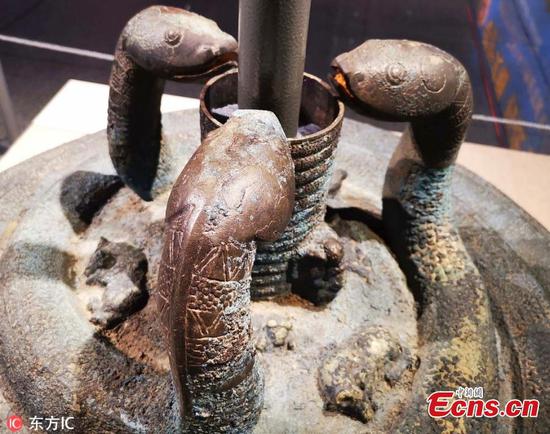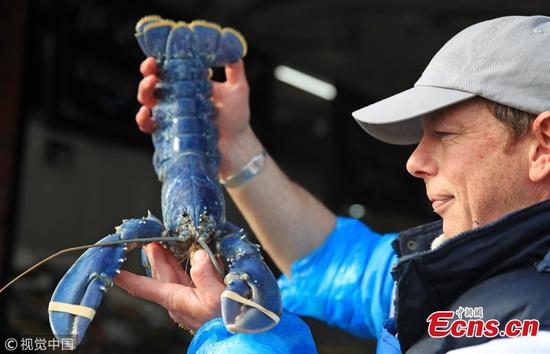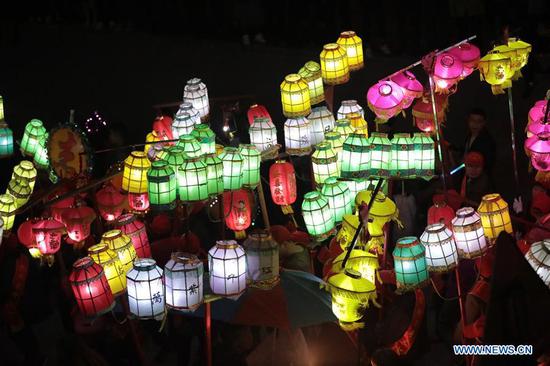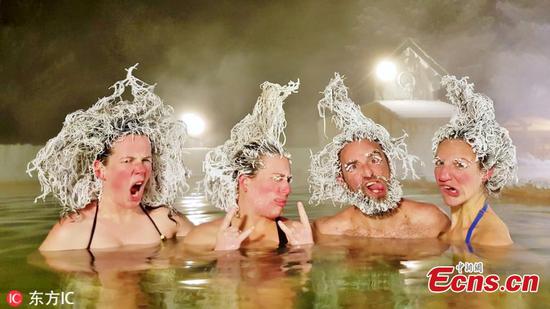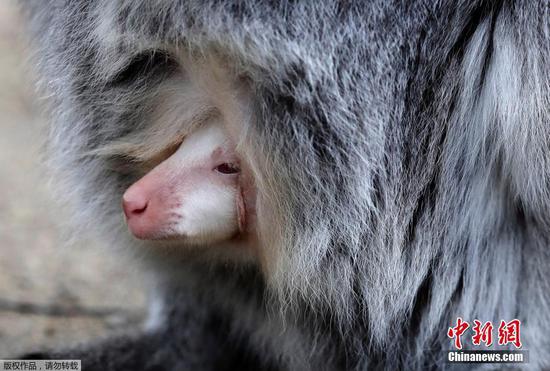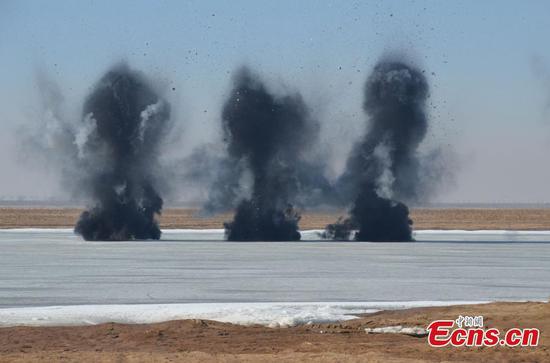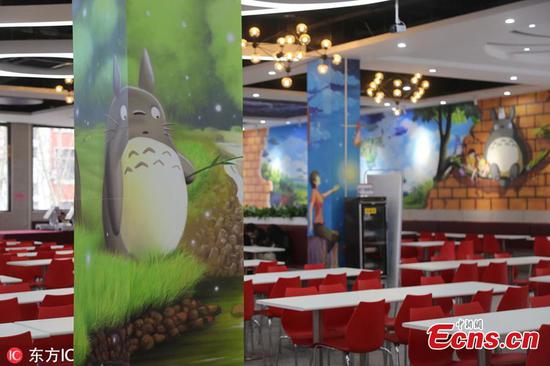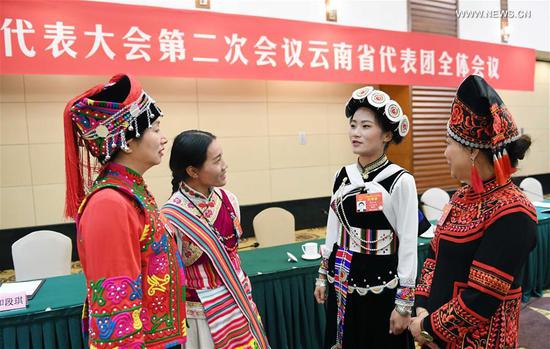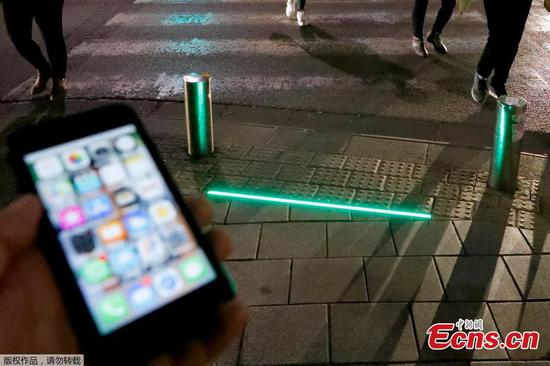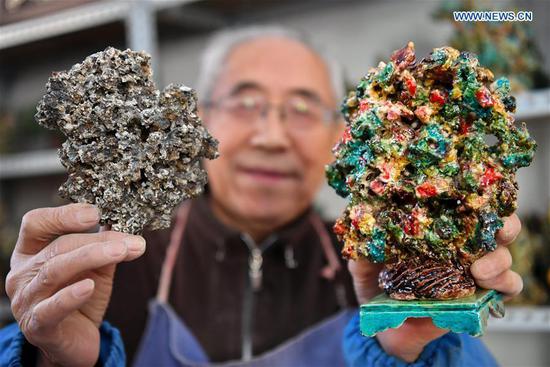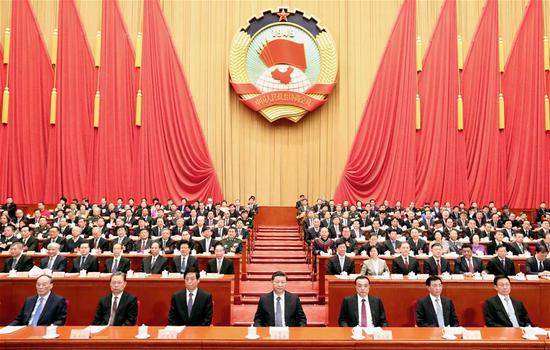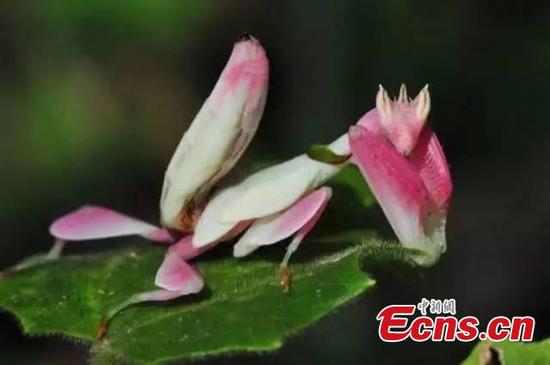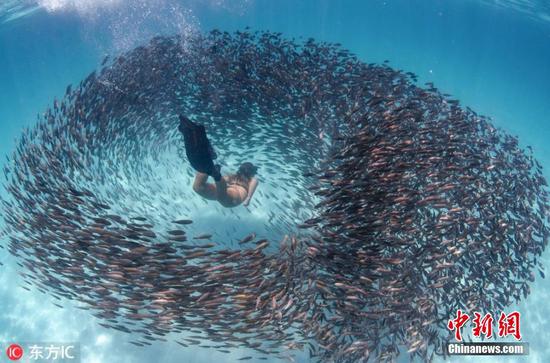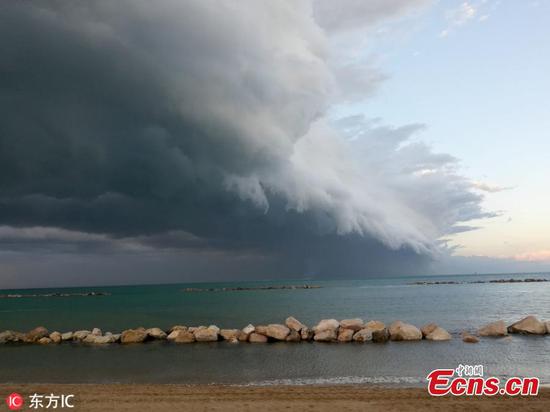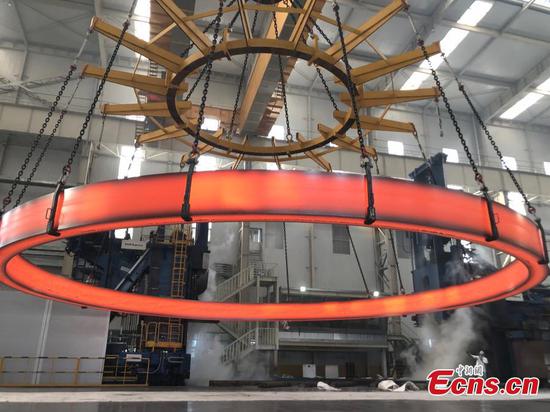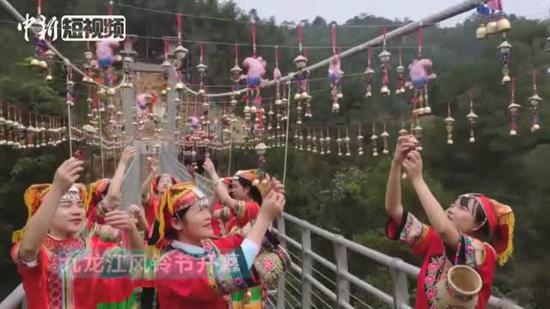Chinese Medicine Day, which falls on March 17, commemorates a time-honored way of curing and caring for people's health. On this special day, let's take a look at how Chinese traditional medicine (TCM) helps restore health and how it has gained recognition throughout the world.
What is Chinese traditional medicine?
TCM originated in China and features a unique set of therapy methods, including herbal medicines, acupuncture, moxibustion, Tuina (massage), Qigong (exercise), cupping therapy, Gua sha (scraping) and dietary therapy.
Influenced by the "Yin Yang and Five Elements" theory, TCM attempts to balance the Yin and Yang existing in the human body. Yin stands for negativity and receptiveness, while Yang means positivity and activity. The two sides cycle according to the time and season and maintain balance.
Different organs of the body are categorized by the Five Elements – wood, fire, earth, metal and water, according to the similarity of attributes between the two sides. For example, the heart is associated with fire and the kidney is associated with water.
Similar to the Five Elements, organs generate yet overcome each other and form a balanced cycle. If the balance is broken, people get ill. But by using the therapies above, one can restore the balance for health.
In TCM, people's Qi, or vital energy, circulates through the meridians (invisible channels), where all organs are connected. Illness can also intrude in the human body and be transmitted via meridians, thus affecting organs. Luckily, medicine also cycles through these channels, allowing diseases to be cured.
How popular is TCM overseas?
According to data from China Customs published by Sina, in 2017, the export total of domestic TCM was 3.64 billion U.S. dollars, and for herbal extracts, the number was 2 billion U.S. dollars.
According to Xinhua News Agency, TCM is practiced in 183 countries and regions across the world. More than 170 countries have TCM products and services, with some even enrolling it in the local healthcare system. Excluding the Chinese mainland, there are more than 500,000 TCM trainees worldwide and more than 1,500 TCM educational institutions.
In 2010, "acupuncture and moxibustion of traditional Chinese medicine" were enlisted in UNESCO's Representative List of the Intangible Cultural Heritage of Humanity.










